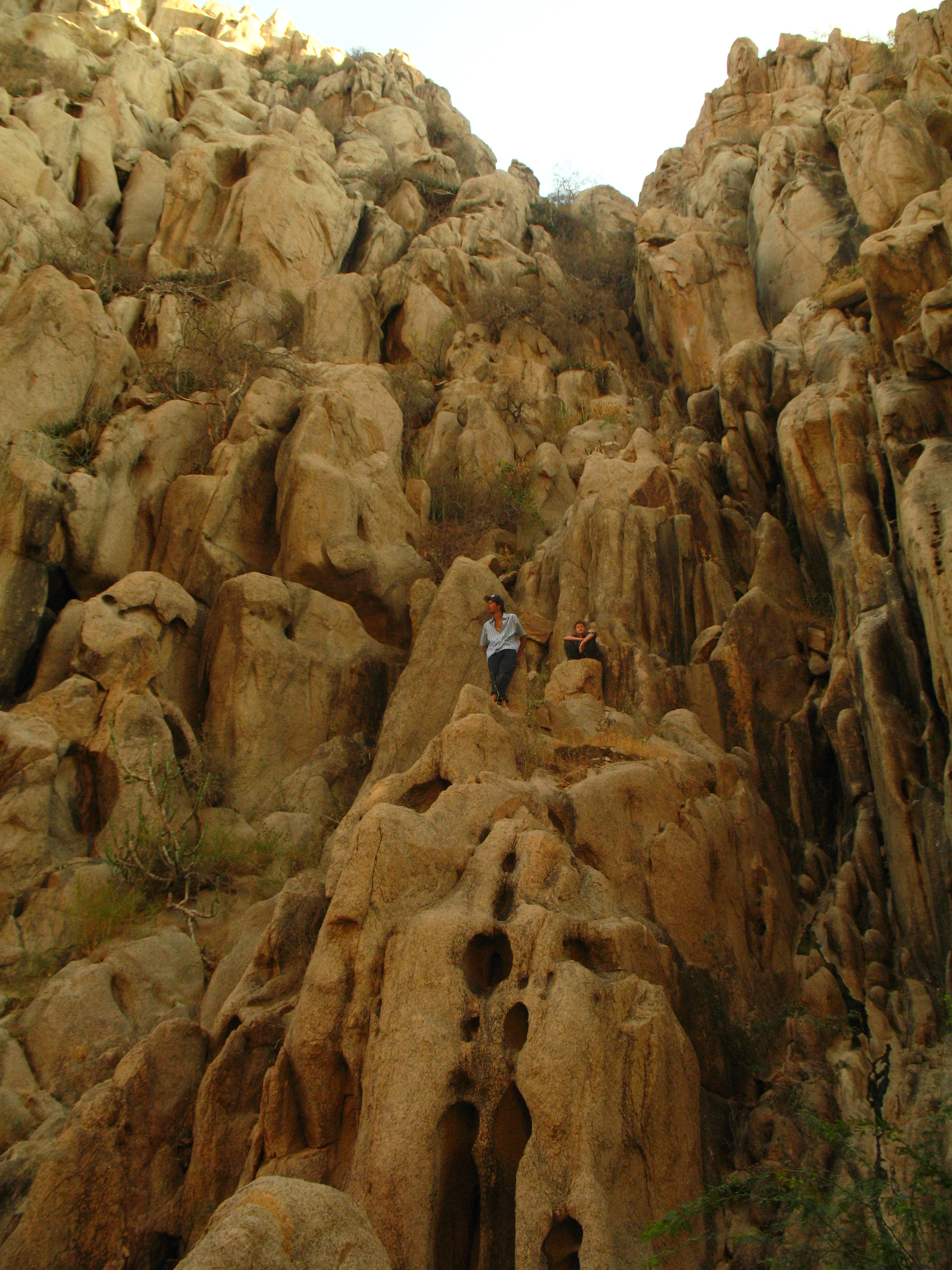
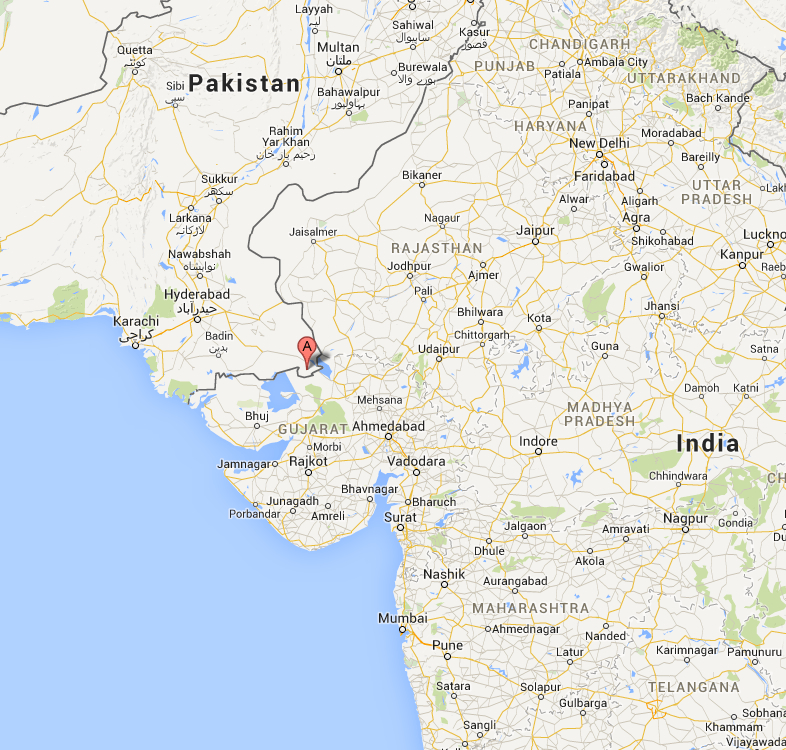

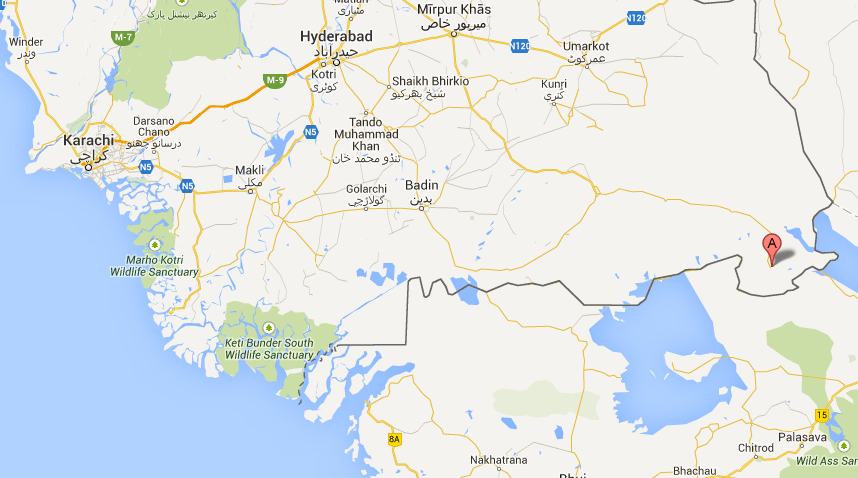
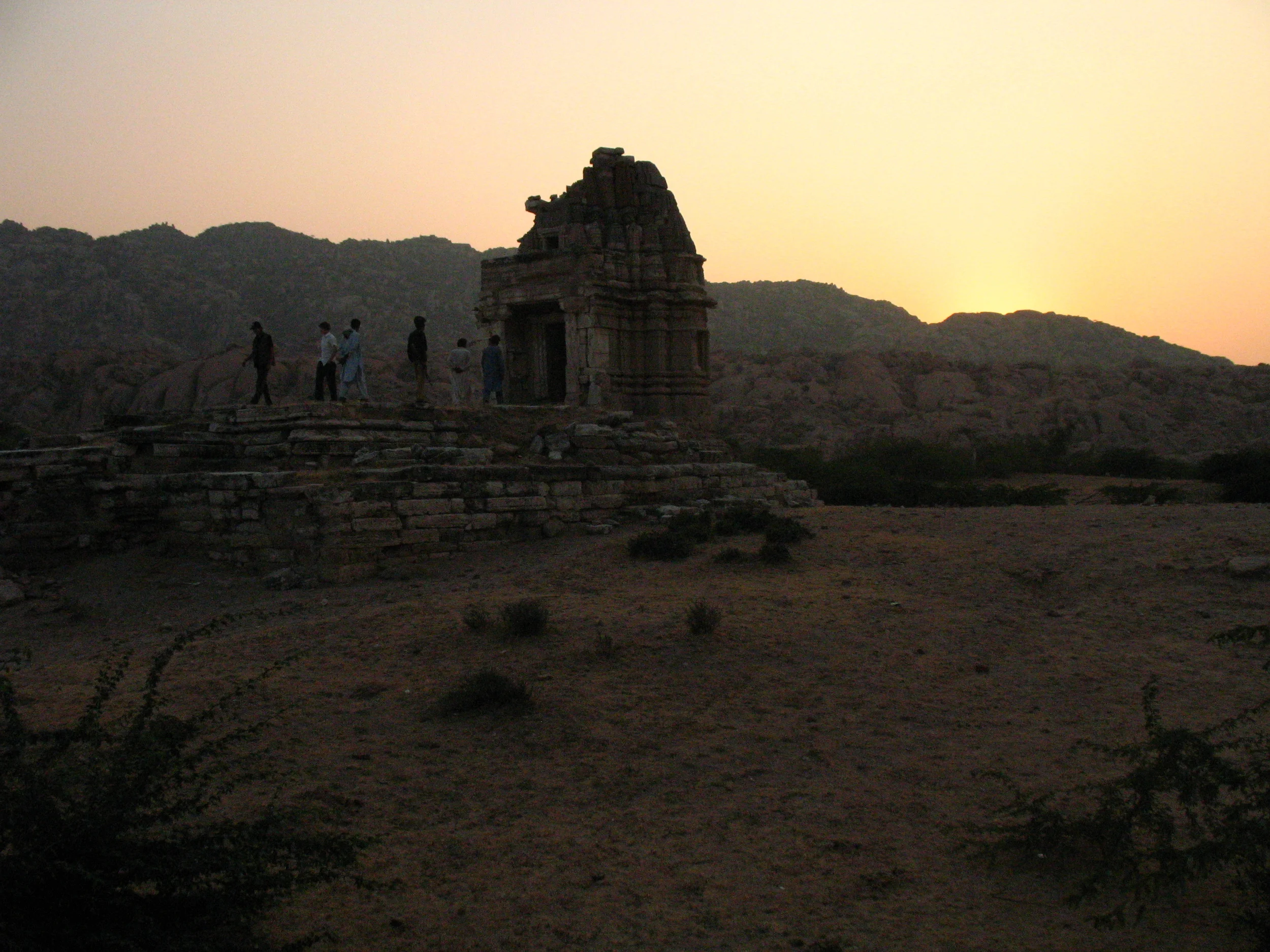
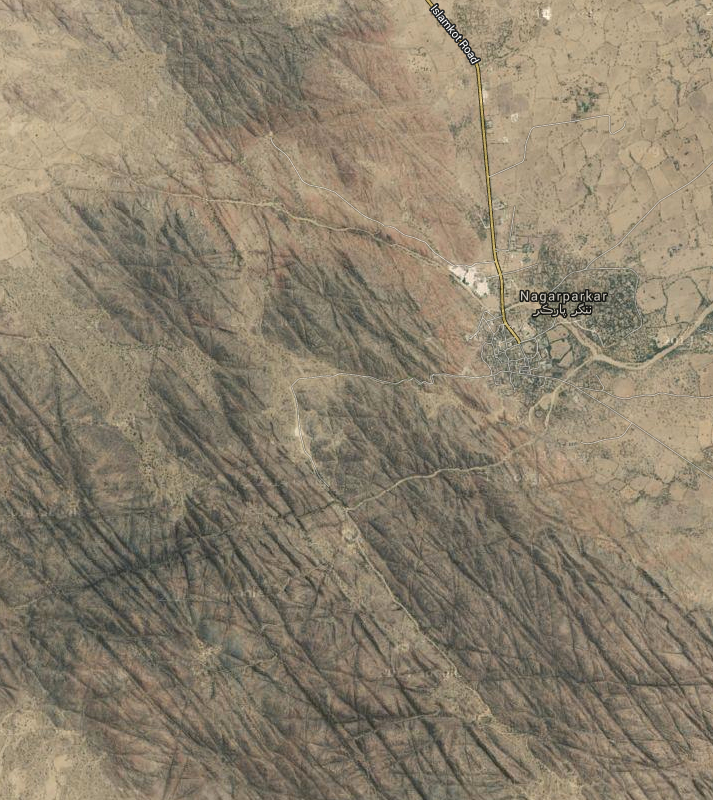

Your Custom Text Here
If you ever find yourself in South East Pakistan, in the Thar Desert, along the Indian border, check out the tiny village of Nagar Parkar. This is the definition of "off the beaten path", a spot few westerners have visited since the end of the Colonial era. There will be paperwork, and perhaps a few bribes to get to this corner of the country, but the big pay off comes when you climb on the rocky hills, visit 1,000 year old temples and drive out through the barren desert landscape.
If you ever find yourself in South East Pakistan, in the Thar Desert, along the Indian border, check out the tiny village of Nagar Parkar. This is the definition of "off the beaten path", a spot few westerners have visited since the end of the Colonial era. There will be paperwork, and perhaps a few bribes to get to this corner of the country, but the big pay off comes when you climb on the rocky hills, visit 1,000 year old temples and drive out through the barren desert landscape.
Coordinates:
24° 21'24.31" N
70° 45'16.68" E
Directions:
Most likely you will not be driving yourself through the deserts of Pakistan, but if you are, here's how to get to Nagarparkar from Karachi.
Leave Karachi heading toward Mirpukhas on the M-9.
In Mirpurkhas, stay south along the Ring Road, turning right (south) onto Digri Road.
Follow this road, through the small town of Digri, all the way out to Mithi and Islamkot. After Digri, this is more or less the only paved road, and is the main road through many villages, stay straight through these towns all the way out to Mithi.
Here in Mithi, you will need to stop at the Police/Rangers headquarters to gain permits to go deeper into the desert. This is a sensitive area because of it's proximity to the Indian Border.
Once the paperwork is done, continue through to Islamkot and onward out to Nagarparkar. The road dead ends on the main street of the village.
Hindu Minority
In this corner of Sindh, Pakistan, there is a large population of Hindus. Clearly, a minority in the country at large, but in this region, Hindus make up most of the populous.
Effectively, at the end of Colonialism when the British drew a line in the sand, creating Pakistan and India as two separate nations, they were negligent in getting the word out, seemingly. The Hindus didn't get the memo to cross over to Rajasthan, India, just a few kilometers away. Thus, they stayed on their traditional lands, migrating with the weather and their animals in a small area of the desert.
To this day, many ancient Hindu and Jain temples still stand in and around Nagarparkar village.